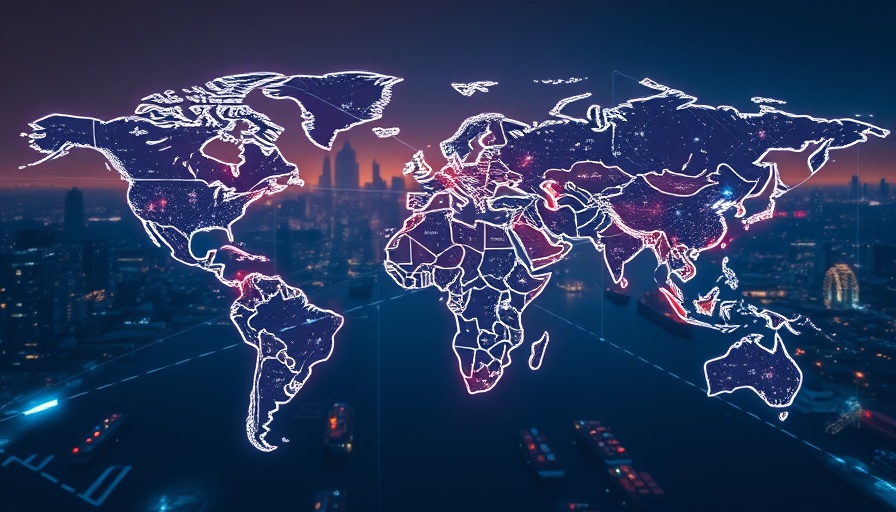
Digital Disruption and Maritime Navigation
The maritime industry stands at a pivotal juncture, facing unprecedented challenges as geopolitical tensions escalate and technological vulnerabilities surface. A chilling incident recently highlighted this precarious balance: two tankers, the Front Eagle and the Adalynn, collided in the contentious Strait of Hormuz, an area notorious for its susceptibility to electronic jamming and navigation interference.
Yarden Gross, CEO and co-founder of Orca AI, argues that the inherent weaknesses of traditional navigation tools, such as GPS, pose significant risks to vessels operating in these high-stakes chokepoints. As countries around the globe intensify their digital warfare capabilities, the frequency of GPS interference and AIS spoofing is on the rise. This scenario leaves bridge crews similarly navigating a digital fog, unsure of their surroundings and constantly guessing the positions of nearby vessels.
The Role of AI-Based Situational Awareness
In light of these challenges, Gross advocates for the integration of AI-powered situational awareness systems, emphasizing their potential to enhance maritime safety in what he describes as an age of “dark fleets” — vessels that strategically conceal their movements from tracking systems.
These innovative systems use advanced computer vision technology, offering a crucial second layer of perception that complements existing tools like Radar. By detecting, classifying, and tracking vessels in real time, even when GPS and AIS signals are unreliable or absent, AI acts as a digital co-pilot. This capability is particularly vital when split-second decisions must be made to avoid collisions.
Radar vs. Advanced Technologies: A Unified Approach
Radar technology remains indispensable in maritime navigation, serving as the primary means of anti-collision support. However, it is important to recognize its limitations. Small, non-metallic targets frequently go undetected, and the interpretation of complex Radar data can confuse navigators.
By harnessing the strengths of AI alongside Radar, maritime crews can significantly enhance their situational awareness, making navigation safer in the event of unexpected maneuvers from other vessels. As shown by the recent tracking data analysis, the Front Eagle executed a sudden turn moments before the collision, underscoring the need for reliable, independent tracking systems in crisis situations.
Innovative Solutions to Maritime Safety
As the industry adapts to new realities, fostering collaboration and innovation will be vital. The maritime world is teeming with potential disruptors, ranging from startups focused on machine learning to established players seeking to redefine their technological capabilities. Exploring partnerships within these realms can yield compelling solutions that enhance maritime safety.
Furthermore, investing in research and development can yield a wealth of insights into developing robust systems that can withstand electronic interference. Both governments and maritime stakeholders must recognize the tactics employed by 'dark fleets' and the risks they pose to global shipping channels.
Looking Ahead: The Future of Maritime Navigation
The collision between the Front Eagle and the Adalynn serves as a stark reminder of the shifting maritime landscape. As geopolitical tensions rise, the maritime industry's reliance on traditional navigation technology must be reassessed. In an era where information is increasingly weaponized, the implementation of AI-driven situational awareness tools stands as a beacon of hope, offering not just safety but a roadmap toward resilient maritime operations.
For vessel operators, the adoption of these systems may soon be a matter of necessity rather than choice. The urgency is clear: as risks mount, maritime navigation technologies must evolve, prioritizing safety through innovation and foresight.
In conclusion, embracing AI technologies and creating a cohesive defense against electronic manipulation will be paramount in protecting vulnerable vessels as they traverse the globe’s critical waterways.
 Add Row
Add Row  Add
Add 




Write A Comment